Home>Gardening & Outdoor>Outdoor Structures>What To Use For Shed Roof
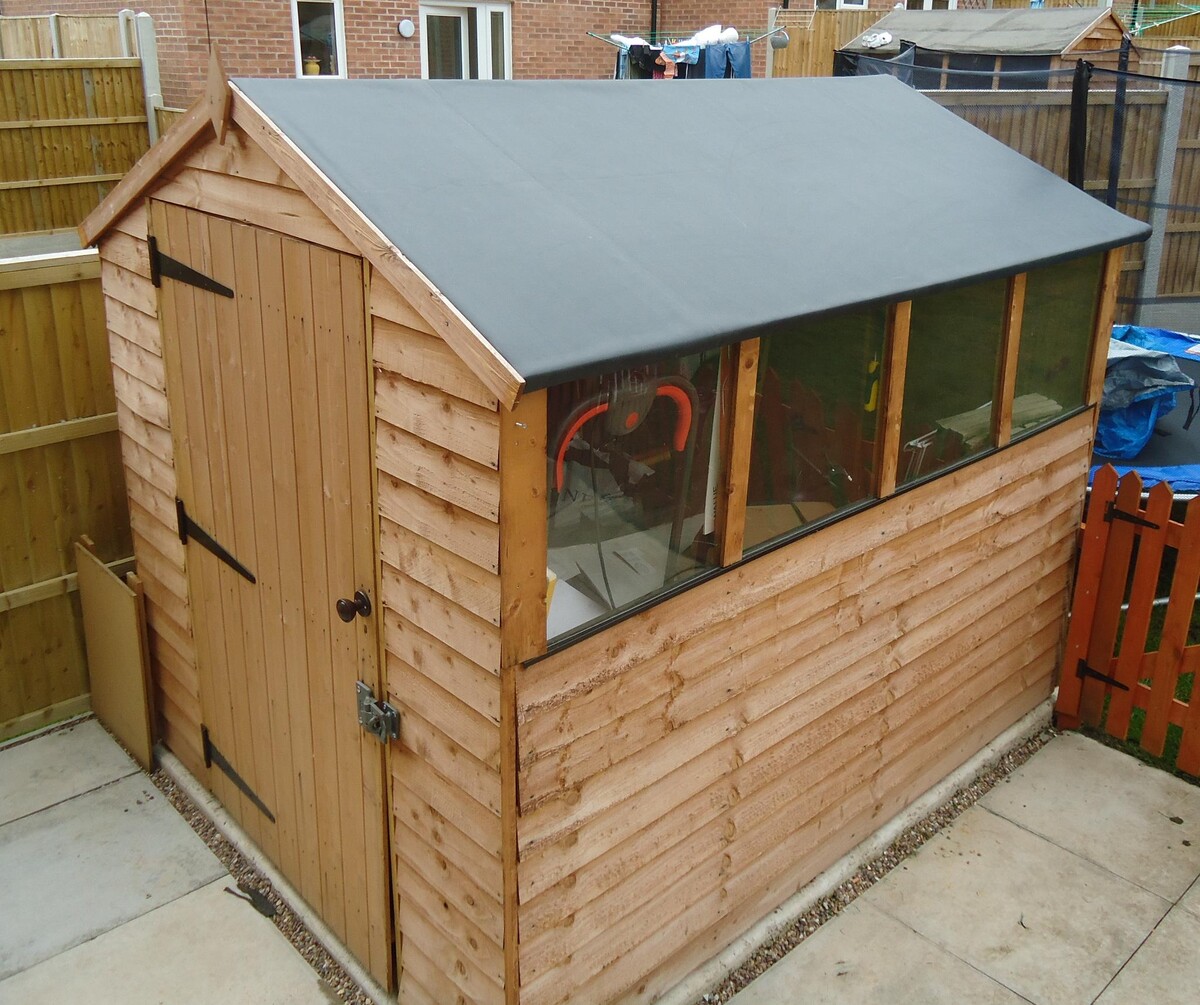

Outdoor Structures
What To Use For Shed Roof
Modified: August 16, 2024
Find the best materials for your shed roof with our comprehensive guide. Explore top options for outdoor structures and make the right choice today!
(Many of the links in this article redirect to a specific reviewed product. Your purchase of these products through affiliate links helps to generate commission for Storables.com, at no extra cost. Learn more)
Introduction
When it comes to constructing a shed, the roof is a critical element that demands careful consideration. The choice of roofing material not only influences the shed's aesthetic appeal but also affects its durability and functionality. With a myriad of options available, selecting the most suitable roofing material can be a daunting task. Factors such as climate, budget, and personal preferences all play a crucial role in this decision-making process.
In this comprehensive guide, we will explore various roofing options for sheds, providing valuable insights into the distinctive features, benefits, and considerations associated with each material. Whether you prioritize longevity, eco-friendliness, or cost-effectiveness, there is a roofing solution tailored to meet your specific needs. From traditional choices like asphalt shingles and wood shingles to innovative alternatives such as metal roofing and solar panels, we will delve into the characteristics of each option, empowering you to make an informed decision that aligns with your requirements.
Join us as we embark on a journey through the realm of shed roofing, unraveling the diverse array of materials available and shedding light on the unique advantages they offer. By the end of this exploration, you will be equipped with the knowledge needed to select the perfect roofing material for your shed, ensuring that it not only stands the test of time but also enhances the overall appeal of your outdoor space. Let's delve into the fascinating world of shed roofing and discover the possibilities that await!
Key Takeaways:
- Metal roofing offers durability, eco-friendliness, and customization options for shed owners. It’s a resilient, low-maintenance, and visually appealing choice, despite potential noise and higher initial cost.
- Solar panels provide sustainable, cost-effective, and environmentally friendly electricity generation for sheds. They offer energy independence, reduced environmental impact, and long-term savings, aligning with eco-friendly principles.
Read more: What Plywood For Shed Roof
Metal Roofing
Metal roofing has surged in popularity in recent years, and for good reason. This versatile and durable material offers a plethora of benefits when used for shed roofing. Typically crafted from steel, aluminum, zinc, or copper, metal roofs are renowned for their exceptional longevity and low maintenance requirements. They are resistant to fire, mildew, insects, and rot, making them an ideal choice for sheds in various climates.
One of the primary advantages of metal roofing is its remarkable durability. When properly installed, a metal roof can last 50 years or more, outlasting many other roofing materials. This longevity translates to significant cost savings over the long term, as metal roofs often require minimal repairs and replacements. Furthermore, metal roofing is highly resistant to extreme weather conditions, including heavy snow, hail, and high winds, providing reliable protection for your shed and its contents.
Besides its exceptional durability, metal roofing is also lauded for its eco-friendliness. Many metal roofs are made from recycled materials and are themselves recyclable at the end of their long lifespan. Additionally, the reflective properties of metal roofing can improve energy efficiency by reducing the shed’s cooling costs, particularly in warmer climates.
Installation of metal roofing is relatively straightforward, and it can often be installed over an existing roof, reducing the labor and expenses associated with tear-off and disposal. With a variety of styles and colors available, metal roofing allows for customization to complement the aesthetic of any shed, from rustic to modern designs.
While metal roofing offers numerous advantages, it is essential to consider potential drawbacks, such as noise during heavy rain or hail and the initial higher cost compared to some traditional roofing materials. However, the long-term benefits and durability of metal roofing make it a compelling choice for shed owners seeking a resilient, low-maintenance, and visually appealing roofing solution.
Asphalt Shingles
Asphalt shingles have long been a staple in the roofing industry, prized for their affordability, ease of installation, and diverse aesthetic options. These shingles are composed of a fiberglass or organic base mat coated with asphalt and mineral granules. They are available in a wide range of colors and styles, making them a versatile choice for shed roofing that can complement various architectural designs.
One of the key advantages of asphalt shingles is their cost-effectiveness. They are among the most budget-friendly roofing materials available, making them an attractive option for shed owners seeking a practical and economical solution. Despite their affordability, asphalt shingles offer respectable durability, with many high-quality options carrying warranties of 20 to 30 years.
Installation of asphalt shingles is relatively straightforward, and the material is lightweight, which can reduce the structural requirements for the shed’s roof framing. This ease of installation can contribute to cost savings on labor and materials, especially for those with basic DIY skills or when hiring a professional roofing contractor.
Furthermore, asphalt shingles provide reliable protection against the elements, including resistance to fire and moderate wind uplift. However, it is important to note that they may be more susceptible to damage from severe weather conditions such as heavy storms or hail, especially compared to more robust materials like metal roofing.
While asphalt shingles offer numerous benefits, it is crucial to consider their environmental impact. Though some asphalt shingles can be recycled, many end up in landfills at the end of their lifespan. Additionally, their production process involves the consumption of non-renewable resources, which may not align with the sustainability goals of environmentally conscious shed owners.
In summary, asphalt shingles present a cost-effective and aesthetically versatile option for shed roofing, making them a popular choice for many homeowners. Their ease of installation, diverse styles, and respectable durability make them a compelling solution for those seeking a practical and budget-friendly roofing material.
Wood Shingles
Wood shingles, also known as wood shakes, have been a traditional roofing material for centuries, prized for their natural beauty and rustic charm. Typically crafted from cedar, redwood, or pine, wood shingles impart a timeless aesthetic to sheds and outdoor structures. Their unique appeal lies in their ability to weather gracefully, developing an attractive silver-gray patina over time.
One of the most notable advantages of wood shingles is their aesthetic appeal. They exude a warm, natural, and inviting look that can complement a variety of architectural styles, from traditional to contemporary. The organic, textured appearance of wood shingles adds character to a shed, creating a visually appealing focal point in any outdoor space.
Furthermore, wood shingles offer excellent insulation properties, helping to regulate the shed’s temperature and reduce energy costs. They provide a natural barrier against heat and cold, contributing to a more comfortable interior environment. Additionally, wood shingles are lightweight, which can reduce the structural requirements for the shed’s roof framing, potentially lowering construction costs.
However, it is important to consider the maintenance requirements associated with wood shingles. While they offer natural resistance to insects and decay, proper maintenance, including periodic cleaning and application of protective coatings, is essential to prolong their lifespan and preserve their appearance. Without adequate maintenance, wood shingles may be prone to warping, splitting, or moss and algae growth, diminishing their visual appeal and structural integrity.
Another consideration when choosing wood shingles is their susceptibility to fire. While some wood shingles are treated with fire-retardant coatings, they are generally less fire-resistant than other roofing materials such as metal or asphalt. Shed owners located in areas prone to wildfires should carefully evaluate the fire safety implications of using wood shingles for roofing.
In summary, wood shingles offer a timeless and natural roofing option for sheds, infusing outdoor spaces with a sense of warmth and character. Their aesthetic appeal, insulation properties, and lightweight nature make them a compelling choice for those seeking a traditional and visually captivating roofing material.
Consider using metal roofing for a shed roof. It is durable, low maintenance, and provides good protection against the elements. It also comes in a variety of colors and styles to match your shed’s aesthetic.
Rubber Roofing
Rubber roofing, also known as EPDM (ethylene propylene diene terpolymer) roofing, has gained popularity as a durable and versatile option for shed roofing. This synthetic rubber material is engineered to withstand the elements while providing reliable protection and longevity. EPDM roofing is available in large sheets or shingles and is well-suited for flat or low-slope shed roofs.
One of the primary advantages of rubber roofing is its exceptional durability. EPDM is resistant to ultraviolet radiation, ozone, and severe weather conditions, making it a reliable choice for sheds in diverse climates. The material’s flexibility allows it to expand and contract with temperature fluctuations, reducing the risk of cracking or leaking over time.
Installation of rubber roofing is relatively straightforward, and the material is lightweight, which can simplify the construction process and potentially reduce labor and structural framing requirements. Additionally, EPDM roofing is known for its low maintenance needs, requiring minimal upkeep to preserve its integrity and performance.
EPDM roofing’s longevity and resistance to weathering contribute to its cost-effectiveness over the long term. With proper installation and maintenance, rubber roofing can last 40 years or more, providing shed owners with a durable and low-maintenance roofing solution. Additionally, EPDM’s energy-efficient properties can contribute to reduced heating and cooling costs for the shed, enhancing its overall sustainability.
While rubber roofing offers numerous benefits, it is important to consider potential drawbacks, such as its susceptibility to punctures from sharp objects and the need for proper installation techniques to ensure watertight seals. Additionally, some shed owners may find the appearance of rubber roofing less visually appealing compared to traditional materials like wood or asphalt shingles.
In summary, rubber roofing presents a durable, low-maintenance, and cost-effective option for shed roofing, particularly for flat or low-slope roofs. Its resilience, energy efficiency, and ease of installation make it a compelling choice for shed owners seeking a reliable and long-lasting roofing material.
Read more: What Is A Good Pitch For A Shed Roof
Solar Panels
Integrating solar panels into shed roofing represents a forward-thinking and sustainable approach that offers numerous benefits beyond traditional roofing materials. Solar panels, also known as photovoltaic (PV) panels, have evolved to become a popular choice for environmentally conscious shed owners seeking to harness renewable energy and reduce their carbon footprint.
One of the primary advantages of solar panels is their ability to generate clean, renewable electricity from sunlight. By capturing solar energy and converting it into electricity, shed owners can power lighting, tools, and other electrical devices without relying solely on the grid. This can lead to reduced energy costs and a decreased environmental impact, making solar panels an attractive investment for long-term energy savings.
Furthermore, solar panels can serve as a sustainable solution for sheds located off the grid or in remote areas where access to traditional power sources may be limited. By utilizing solar energy, shed owners can achieve greater energy independence and resilience, particularly in regions prone to power outages or unreliable electrical infrastructure.
Integration of solar panels into shed roofing can also contribute to the overall sustainability of the property. By utilizing renewable energy, shed owners can reduce their reliance on non-renewable resources and lower their carbon emissions, aligning with eco-friendly and conservation-minded principles.
It is important to consider the initial investment required for installing solar panels, as well as the space and orientation needed to optimize their energy production. Additionally, the integration of solar panels into shed roofing may require professional installation to ensure proper wiring, mounting, and connection to electrical systems. However, the long-term energy savings and environmental benefits often outweigh the upfront costs, making solar panels a compelling choice for shed owners committed to sustainability.
In summary, integrating solar panels into shed roofing offers a sustainable, cost-effective, and environmentally friendly solution for generating electricity and reducing reliance on traditional power sources. By harnessing the power of the sun, shed owners can embrace renewable energy and contribute to a greener, more sustainable future.
Conclusion
Choosing the right roofing material for your shed is a decision that encompasses practical, aesthetic, and environmental considerations. Each roofing option offers distinct advantages and potential trade-offs, empowering shed owners to make informed choices based on their unique priorities and circumstances.
From the enduring durability of metal roofing to the timeless appeal of wood shingles, the cost-effectiveness of asphalt shingles, the resilience of rubber roofing, and the sustainability of solar panels, the array of available materials provides a diverse spectrum of solutions to suit varying needs and preferences.
When selecting a roofing material for your shed, it is essential to assess factors such as climate, maintenance requirements, longevity, energy efficiency, and visual impact. By carefully evaluating these aspects, shed owners can make decisions that align with their budget, sustainability goals, and aesthetic vision for their outdoor space.
Furthermore, the choice of roofing material can significantly impact the shed’s overall functionality and the long-term maintenance demands. Whether prioritizing durability, eco-friendliness, or energy efficiency, there is a roofing solution tailored to meet your specific needs and aspirations for your shed.
As you embark on the journey of constructing or renovating your shed, consider the unique benefits and considerations associated with each roofing material. By doing so, you can ensure that your shed not only stands the test of time but also enhances the beauty and functionality of your outdoor environment.
Ultimately, the selection of a roofing material for your shed represents an opportunity to blend practicality with creativity, sustainability with durability, and individual style with functional design. Embrace the possibilities, weigh the options, and envision the shed of your dreams, crowned with a roof that embodies both resilience and beauty.
May your shed roofing journey be guided by knowledge, inspiration, and a vision of a space that seamlessly blends functionality with aesthetic allure. Here’s to creating a shelter for your outdoor endeavors, where every element, including the roof, harmoniously contributes to a space that reflects your unique identity and aspirations.
Frequently Asked Questions about What To Use For Shed Roof
Was this page helpful?
At Storables.com, we guarantee accurate and reliable information. Our content, validated by Expert Board Contributors, is crafted following stringent Editorial Policies. We're committed to providing you with well-researched, expert-backed insights for all your informational needs.
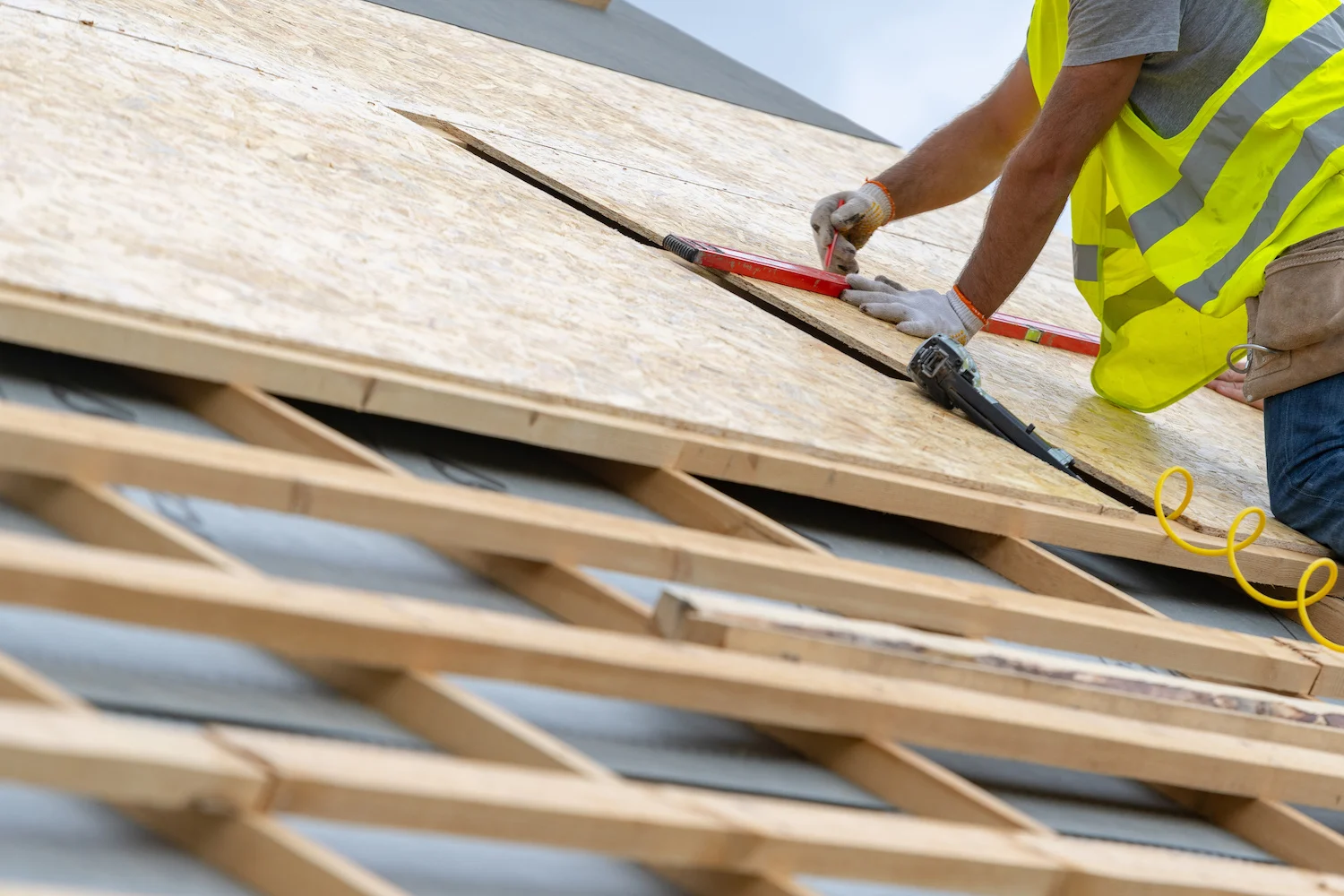
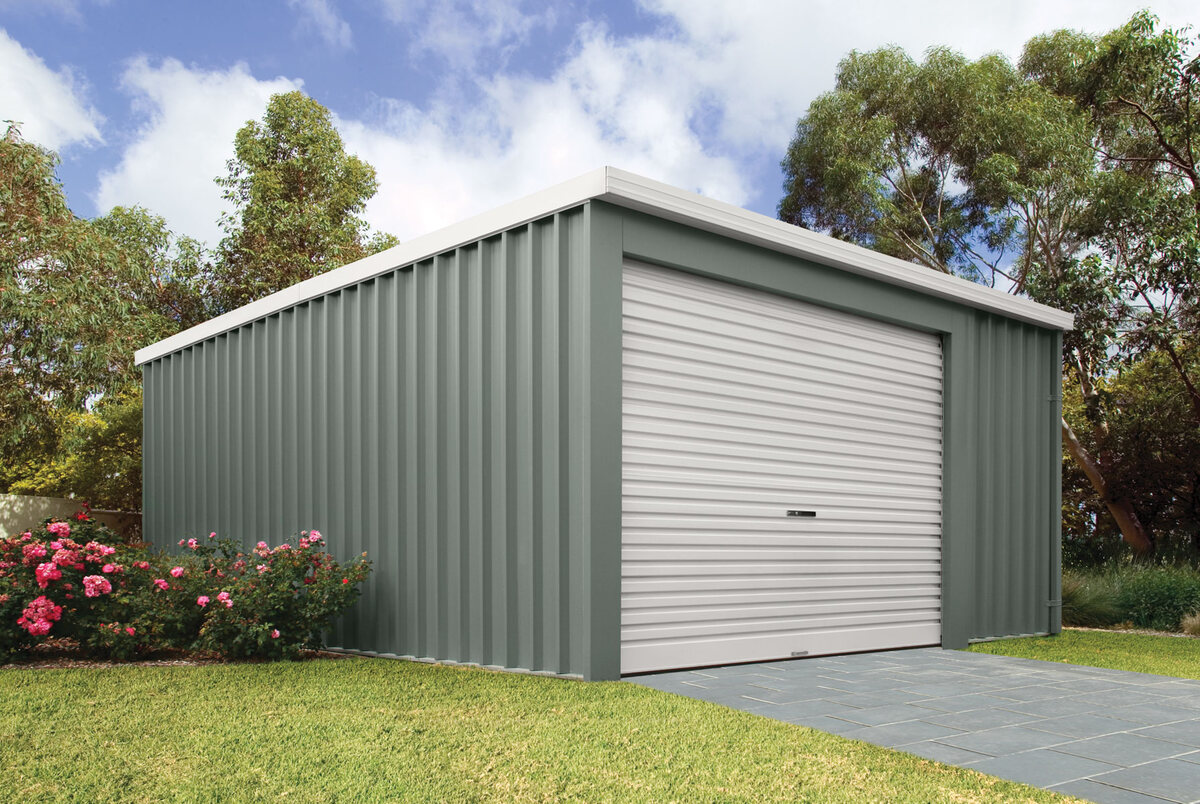
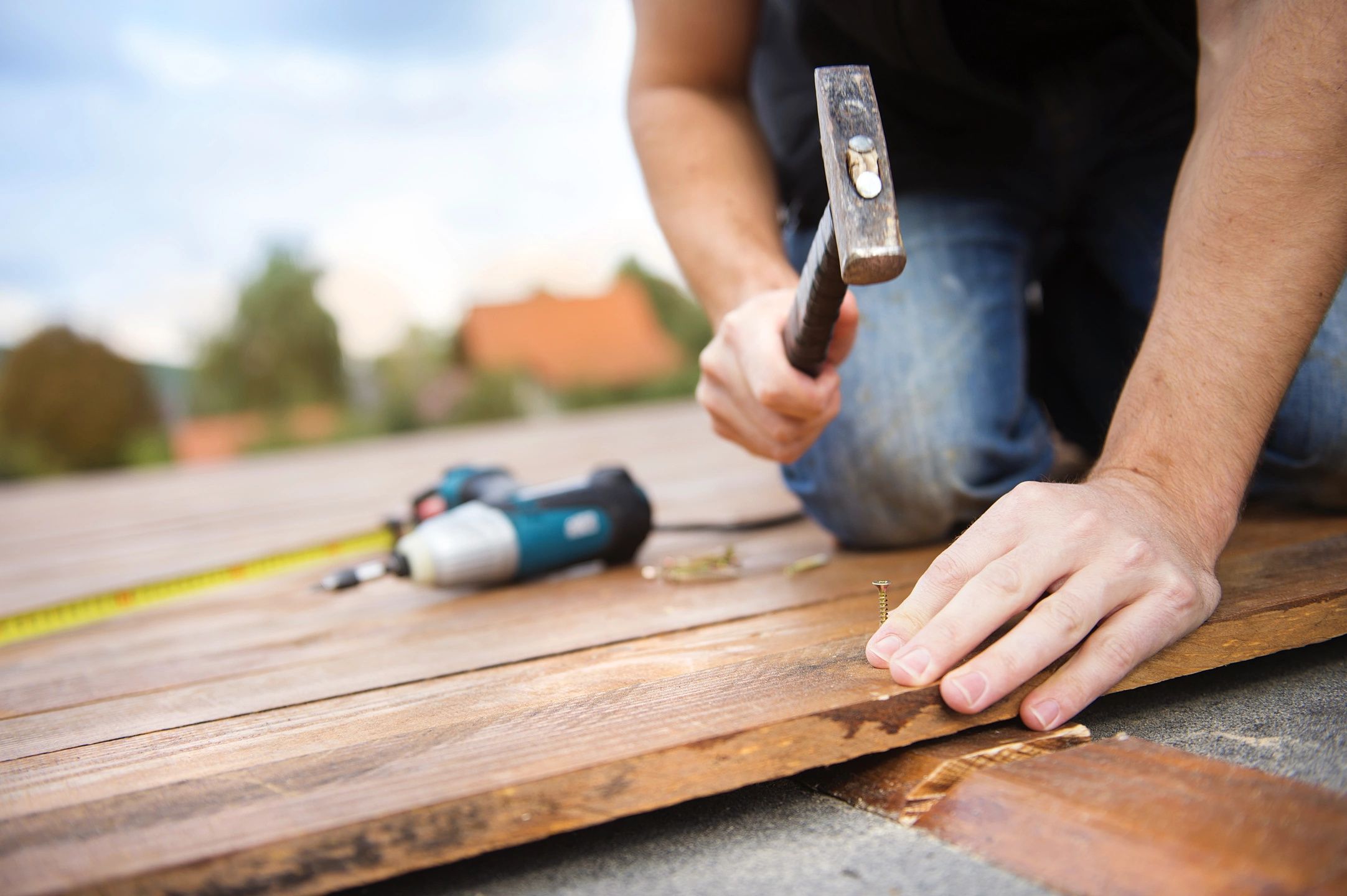
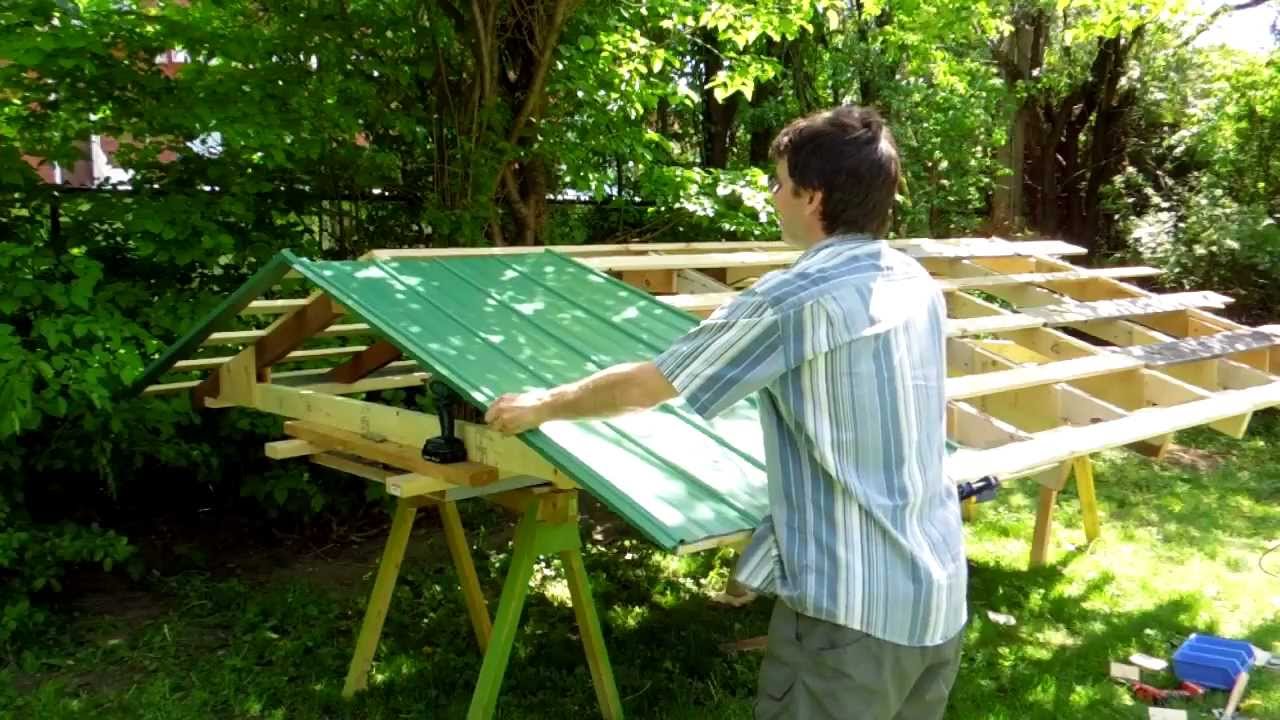
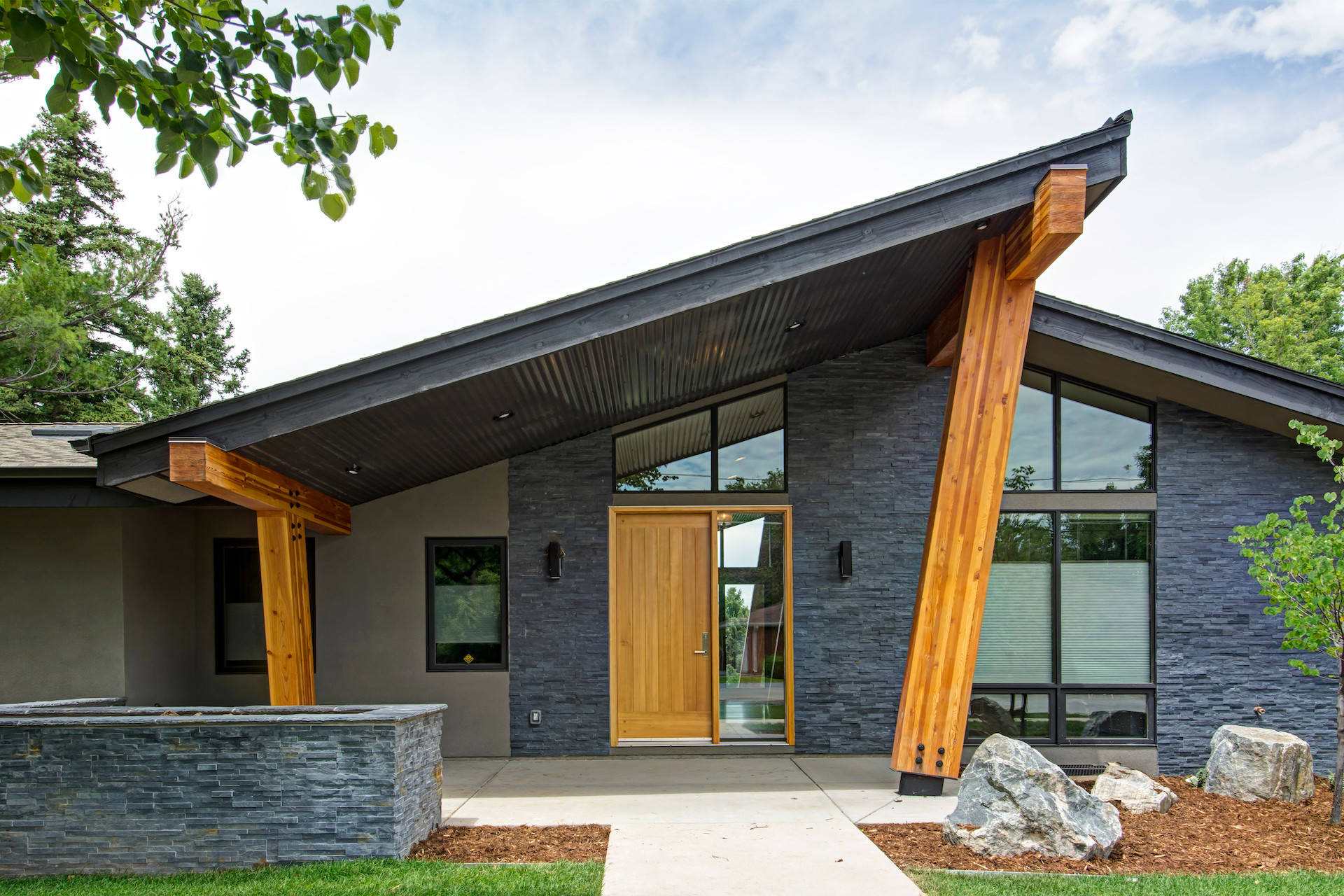
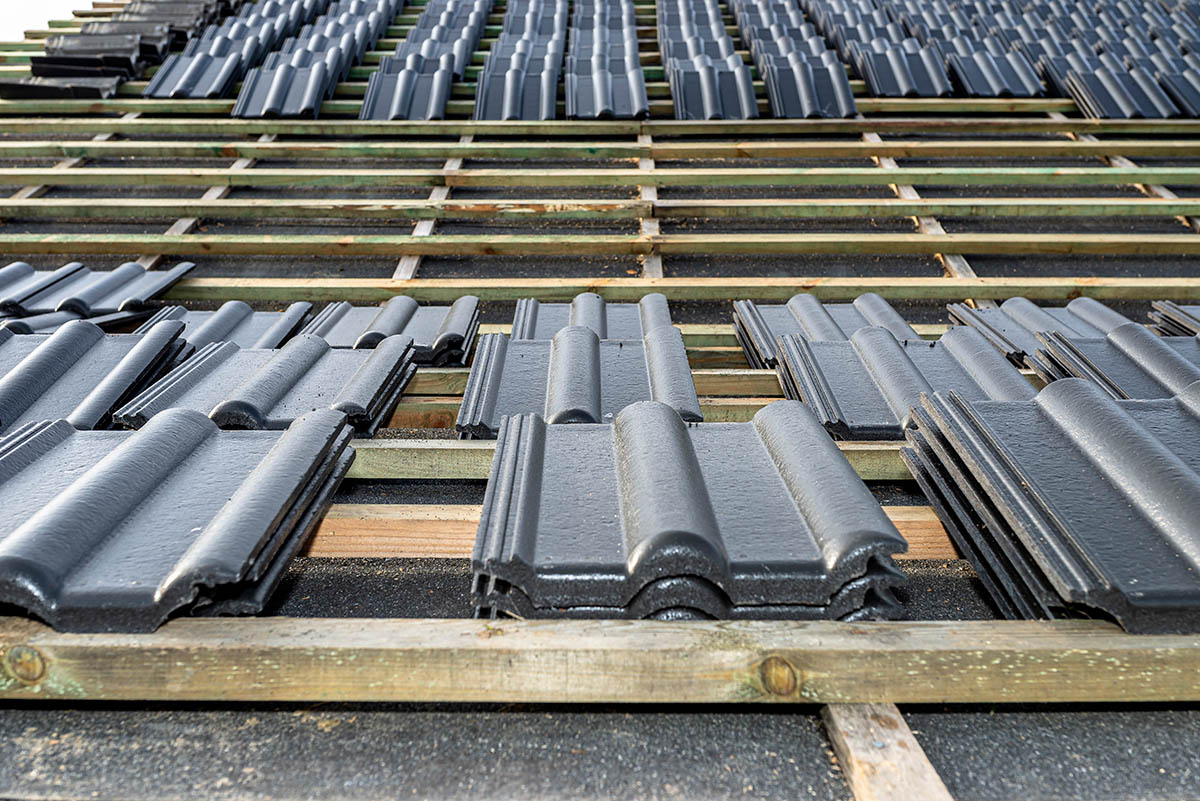
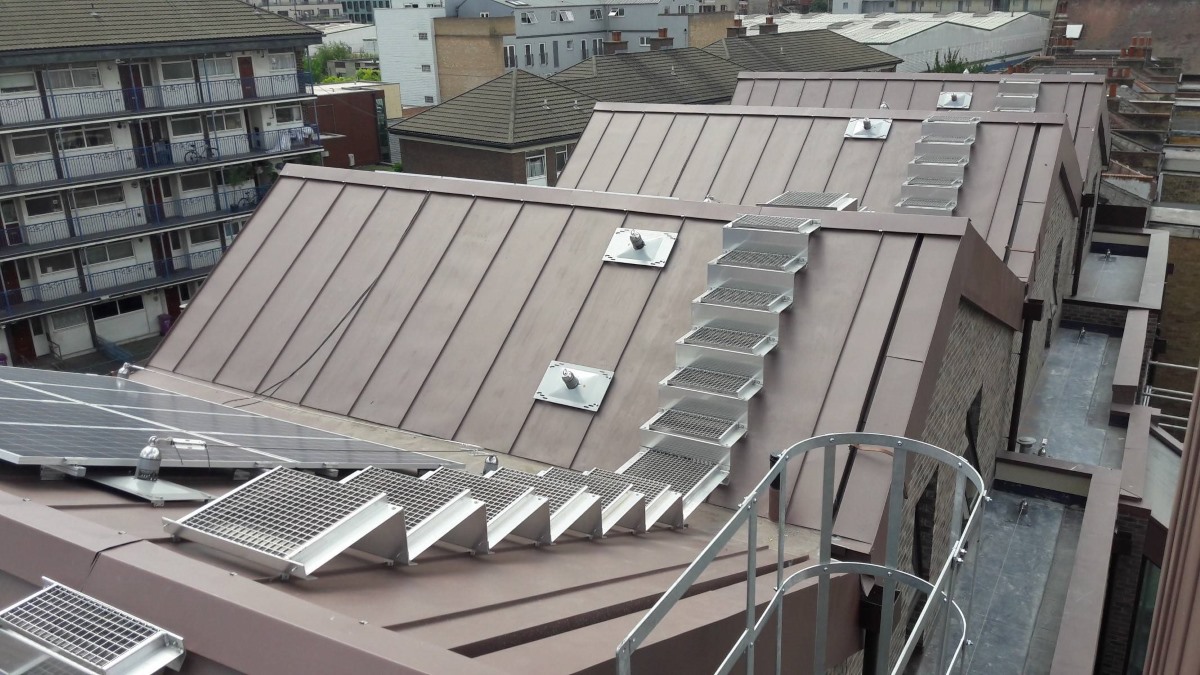
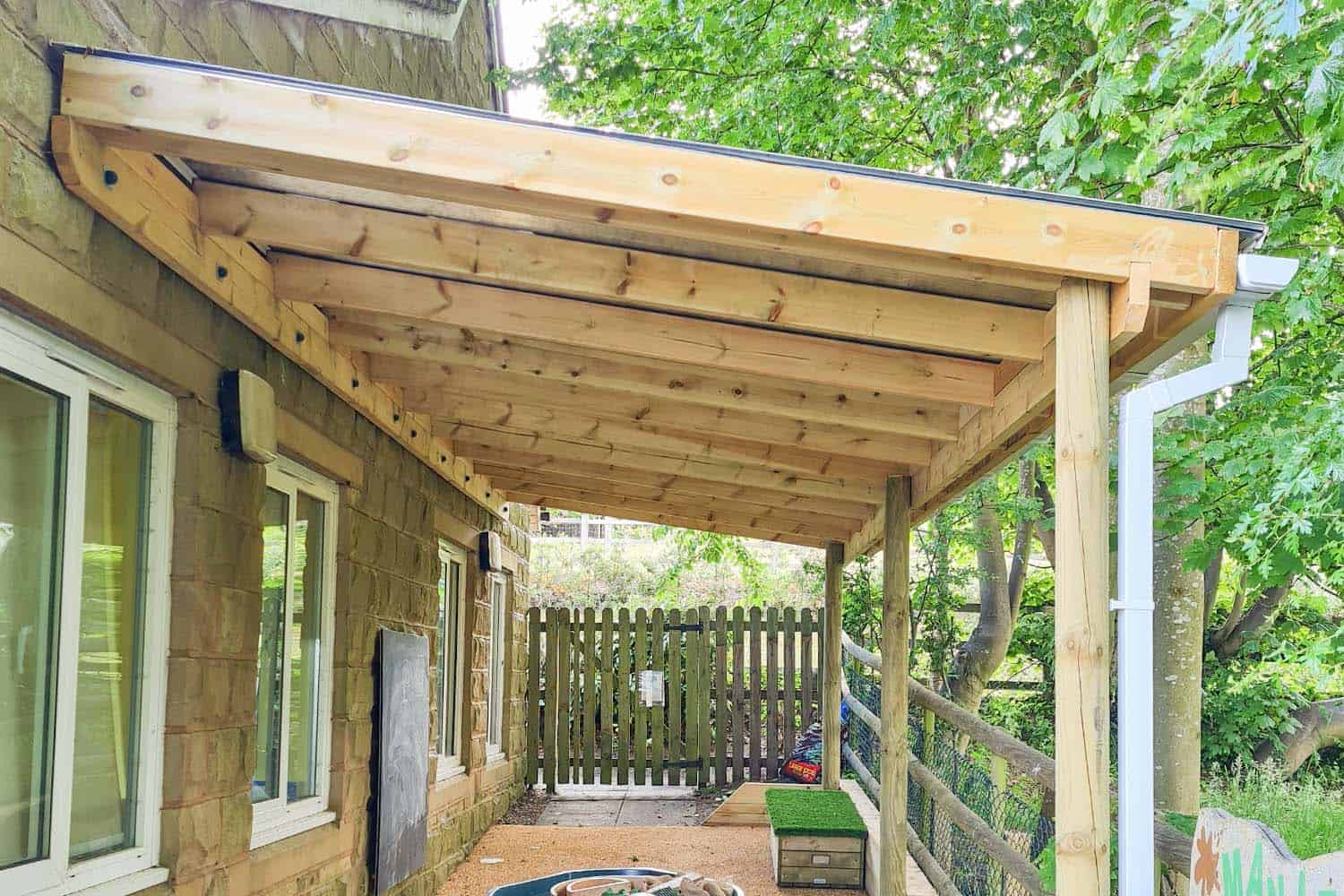
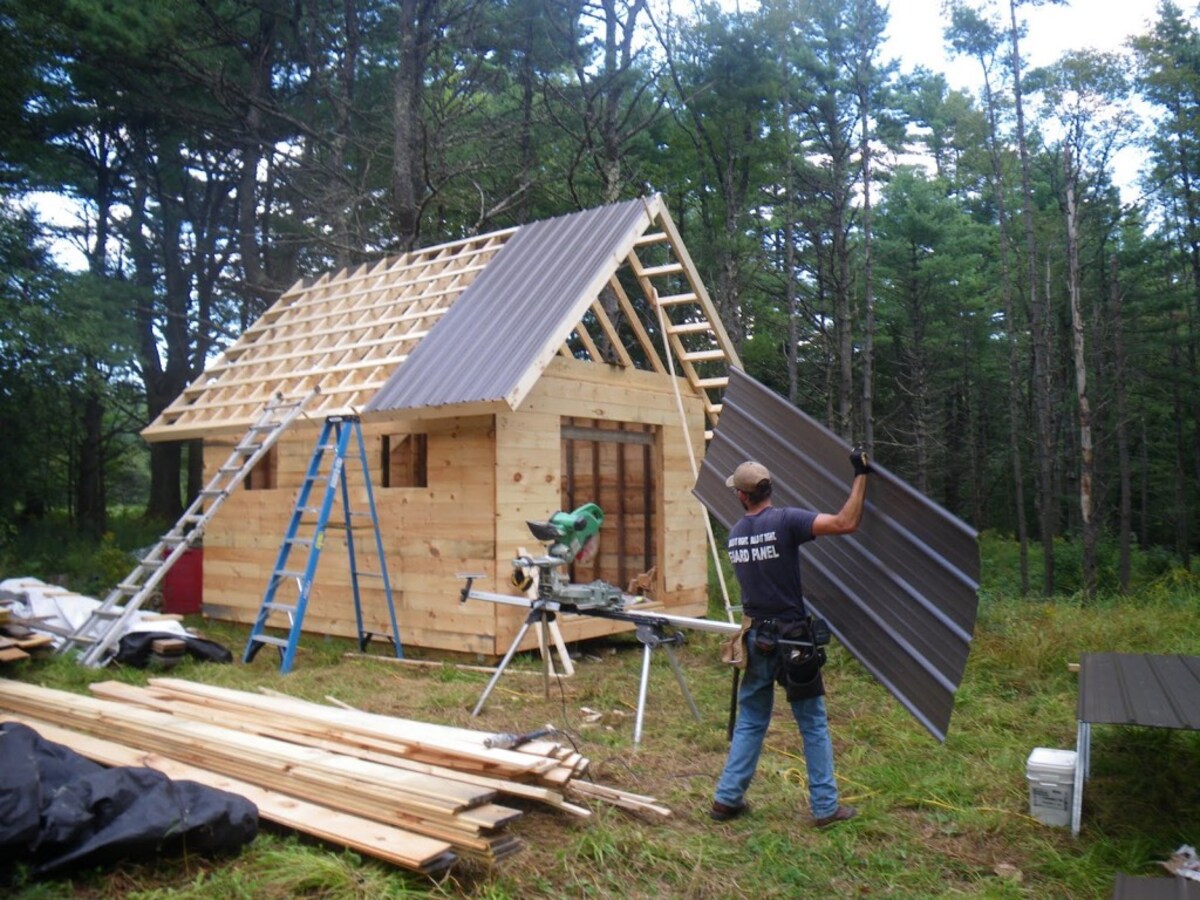
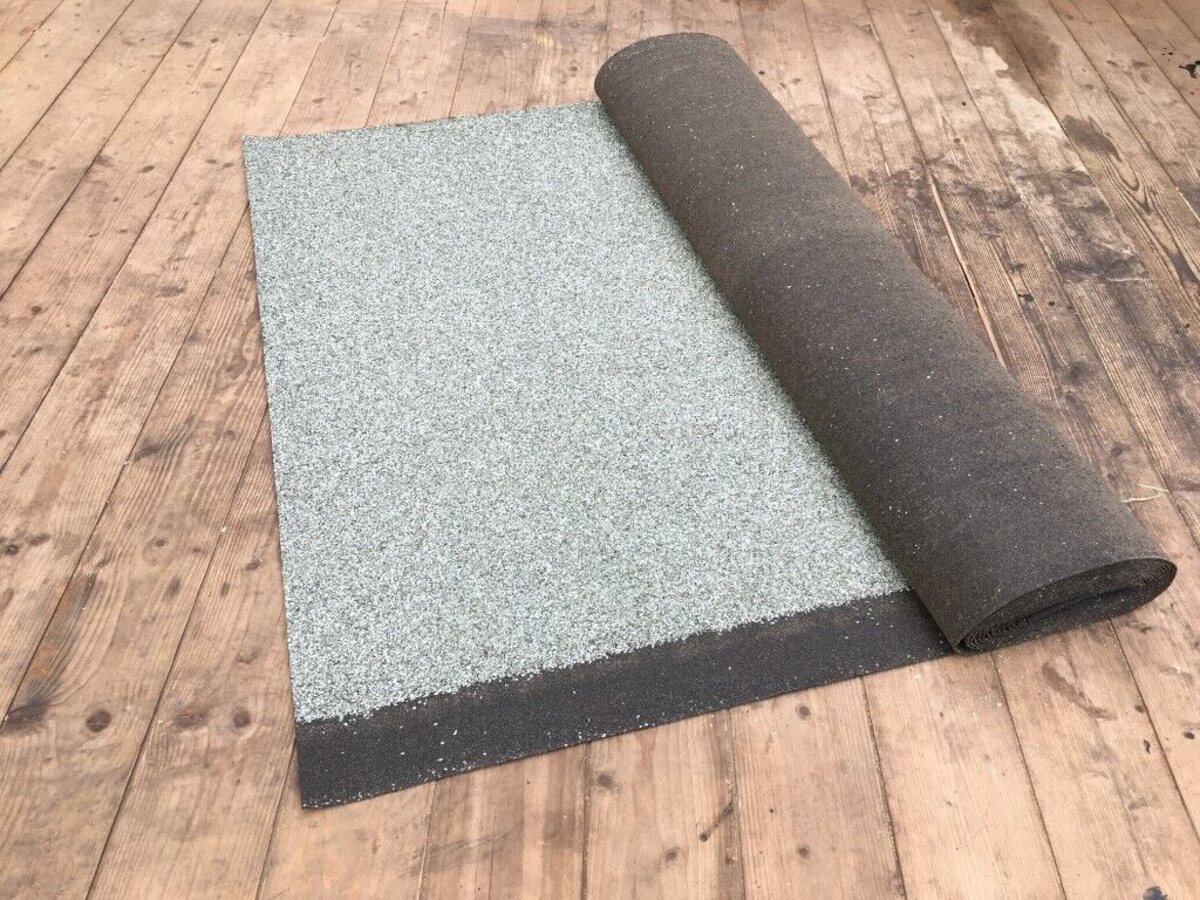

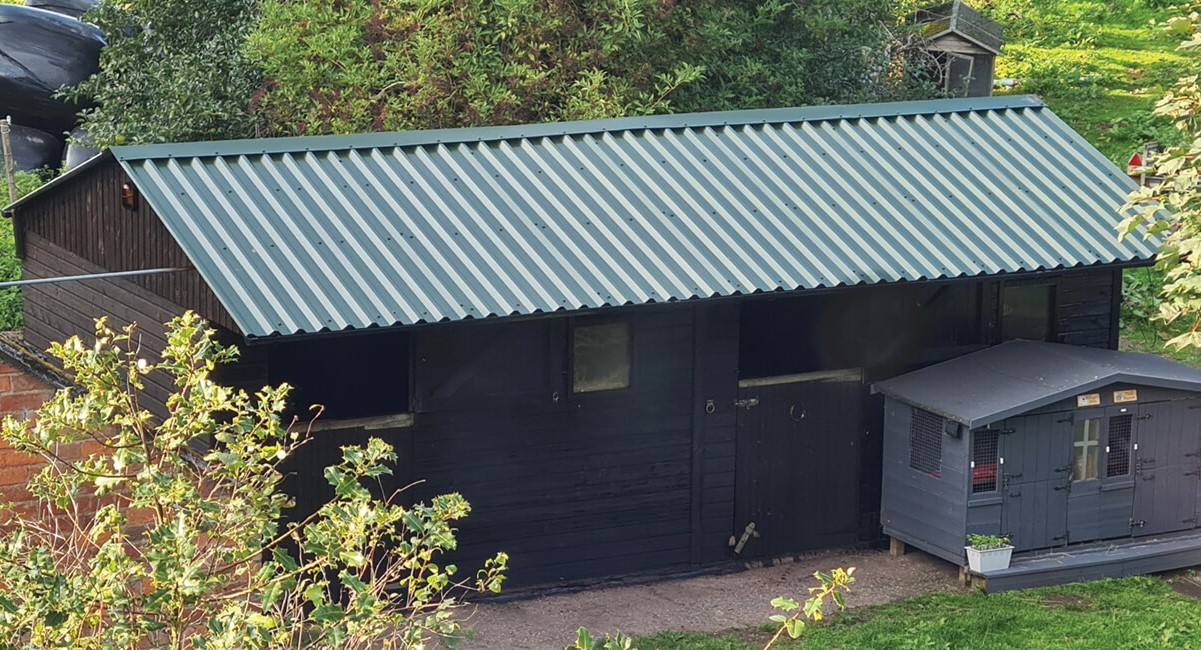
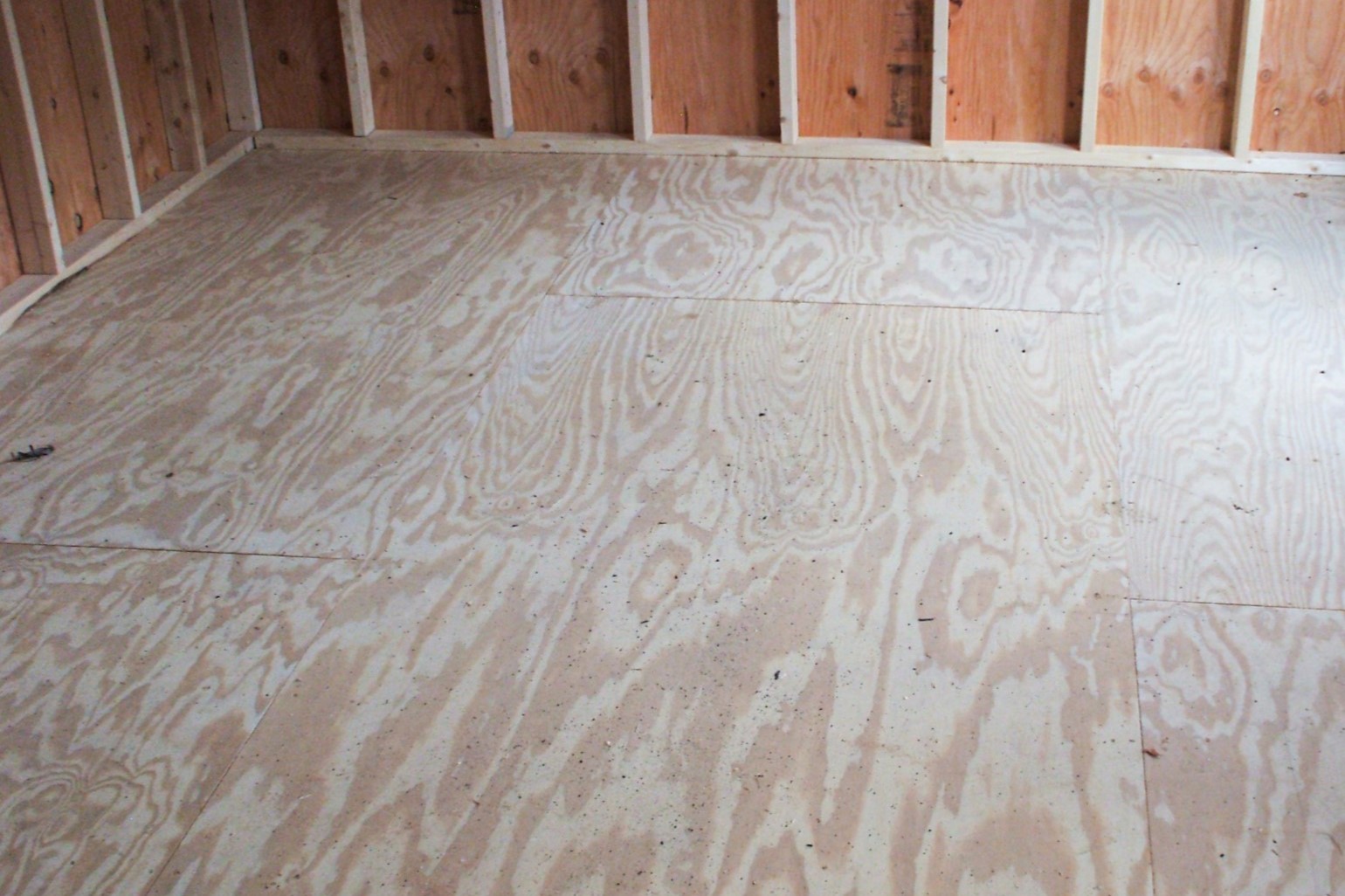
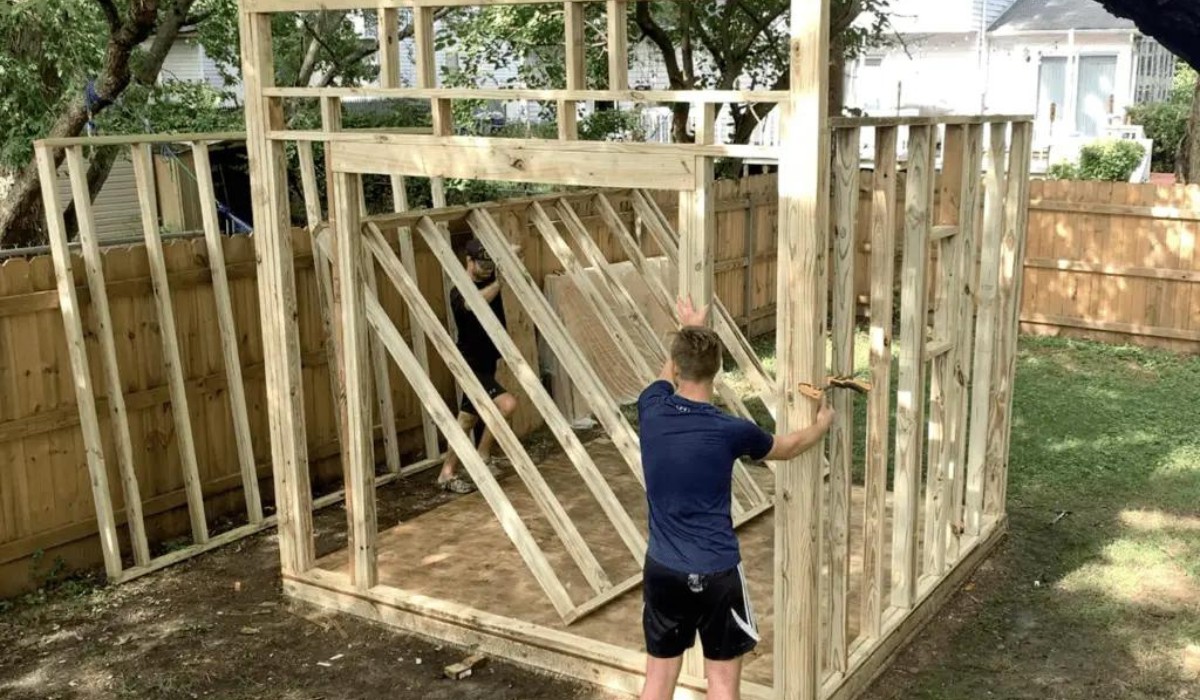

0 thoughts on “What To Use For Shed Roof”